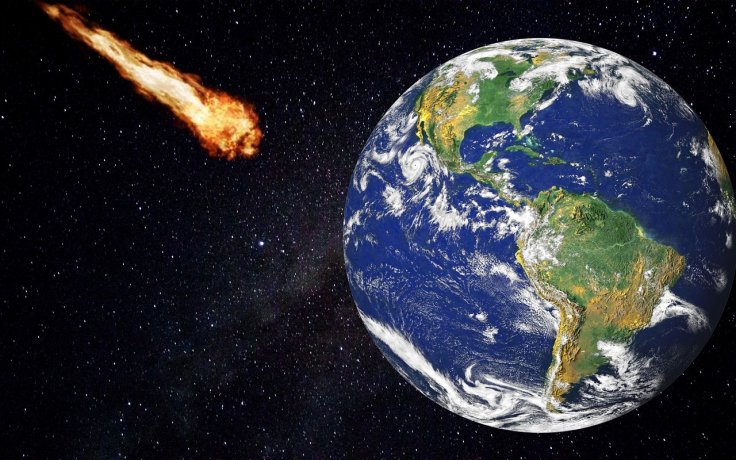NASA, the United States space agency has been monitoring thousands of near-earth objects (NEO) for the past few years. By studying these space rocks, the space agency aims to combat a potential impact that may happen in the future. As per the current analysis, no space rock except asteroid Apophis and asteroid Bennu have the potential to trigger devastation on the earth.
However, NASA scientist Steve Chesley believes that there are thousands of asteroids in the space that could change the trajectory due to the Yarkovsky effect. It should be noted that the Yarkovsky effect can make it harder for space agencies like NASA to predict the trajectories of rogue asteroids.
"When an asteroid is first discovered, we really don't know even which way the asteroid is being pushed. It could be pushed ahead or behind its orbit. That can be a very complicating effect on the Earth hazard prediction for many asteroids. Now we have on the order of 100 near-Earth asteroids for which we can see and estimate the amount of Yarkovsky effect but there are still 20,000 more near-Earth asteroids for which we have no insight of what the Yarkovsky effect is doing to that body," said Chesley, reports Express.co.uk.

"Near-Earth asteroids like Bennu pose a potential danger to our planet, so it's important to predict their orbits with great accuracy. Unfortunately, a phenomenon called the Yarkovsky effect can make these predictions difficult over long time periods," says NASA.
Another possible factor that could change the trajectory of an asteroid is a gravitational keyhole. Gravitational keyhole is an area in space where rogue space bodies like asteroids get affected by the gravitational pull of nearby planets. If an asteroid gets affected by the gravitational keyhole of the earth, then the chances of a potential mid-air explosion or collision will be elevated.
In the meantime, NASA has warned that an asteroid named JF1 could hit the earth on May 06, 2022. The space agency revealed that there is a one in 3,800 odds the asteroid will hit the earth within three years. It should be noted that this asteroid has a size of 420 feet, and if it hits the earth, it could trigger devastation at least on a regional scale. Considering the size and the current speed of the asteroid, a potential collision will unleash the energy of 230 kilotons.









